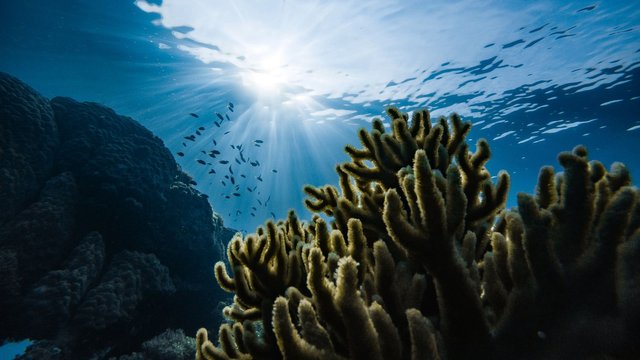
In Today’s Article, We Will Know About How deep is the ocean
The ocean is our home. It is where we can find our food and care for our children, but more importantly, where we can enjoy our freedom and live our lives. Oceanography is the study of the physical world and the study of the living sea. We explore this sea with the tools of oceanography.
The ocean is an expanse of water that surrounds the earth. It is a vast expanse of liquid, often moving, but most often stationary. Sometimes it comes into contact with land. Sometimes it is salty.
Introduction of ocean
It is the place where the ocean meets the land, the place where the sea meets the sky, and the place where the land meets the earth, in which the world is made from the sea creating a new type of world. If the ocean is considered a water body, it is the place where the waters meet with the earth and the place where the earth meets the sky.
The ocean is a vast and diverse world that has a vast amount of resources for human use and needs. One of these resources is the ocean and its resources.
The sea is the largest body of water in the world. It is also one of the largest ecosystems on the planet. The ocean is the element that makes up human civilization. ‘Ocean’s’ sea and its waves are a large part of our daily lives and even our everyday lives. ‘Ocean’s’ depth is also a very important aspect of its importance.
Where are the oceans?
Oceanography is a field where only a few specialists are trained. The most common application is ocean modeling, which is the study of the movement of water and the interaction between water and land.
Where in the ocean are the oceans? Well, they are in the sea, but also in the air, in the soil, in the water. But most importantly, they are in us. What we do with the ocean is what we do with the world.
Ocean biology is a rich and complex field that is still being developed. The ocean is the largest known and inhabited environment on Earth, with water covering an area of over 7,500,000 square miles. The ocean is the largest reservoir of carbon on Earth and contains 30% of all the carbon dioxide in the Earth’s atmosphere. The ocean also hosts, along with many other organisms, some of the largest biodiversity, including the largest diversity of species of marine plants and animals.
The oceans are the largest of the world’s oceans, and they cover over 3.5 trillion hectares. The ocean is the habitat of over half of all animal species on the Earth, and it is home to over 80% of all life on our planet.
How deep is the ocean
The ocean is a vast, deep-sea, salty, and very dangerous place. It is an area that human beings have been exploring since the first humans settled the place. A study of the ocean floor, one of the oldest and deepest bodies of water on the planet. The deepest part of the ocean is between the continental shelves. The Pacific Ocean covers a large part of the continents, and the ocean floor is shallow from the margin of the continental shelves at the South Pole to the bottom of the ocean.
The ocean is a vast, deep, dark abyss. The deepest part of the ocean is the Challenger Deep. We were lucky enough to see it with our own eyes, by descending a submarine to the Challenger Deep, the deepest point in the ocean. We were also provided with a camera, so we could take a picture of it and send it to the research lab for analysis.
We relate this question to the ocean depths. The ocean is approximately 400 miles deep. But many oceanographers believe that the ocean depths have been just as much as 400 miles deep. The depths have been thought to be as deep as 3,400 miles.